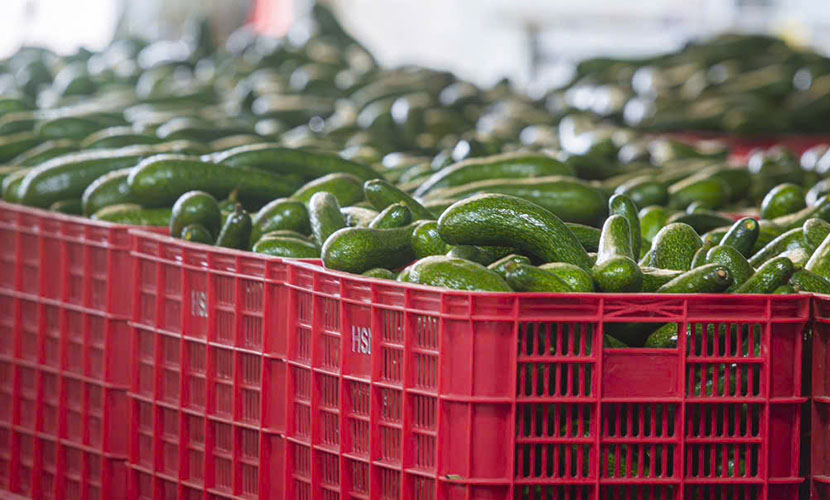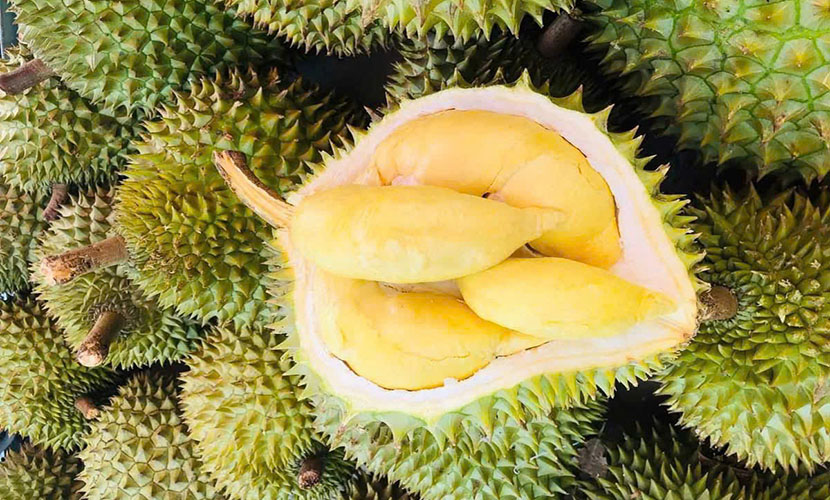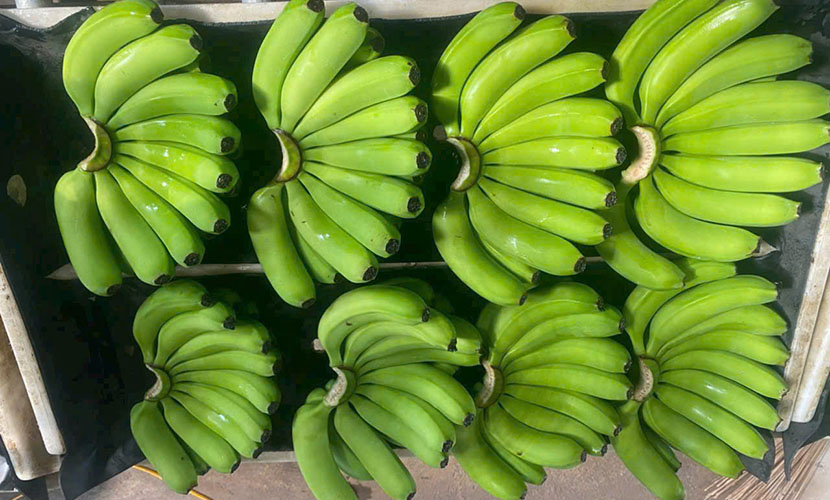
The quality of Vietnamese fruits is increasingly recognized. However, lack of preservation and branding remain major barriers. Therefore, a comprehensive strategy from production to marketing is necessary for promoting seasonal fruit brands in the international market.
In the context of a volatile global economy, increasing protectionism, and tightening non-tariff barriers, the Vietnamese agricultural products, especially seasonal produce, is facing immense pressure. This pressure stems from the need to maintain orders, preserve market share, and enhance competitiveness in the international market.

Vietnamese fruits: Durian
According to the Ministry of Industry and Trade, a key challenge today lies in increasingly stringent technical standards and strict traceability requirements. In addition, Vietnamese fruits face fierce competition from countries that have developed advanced agricultural value chains.
Even in the domestic market, fragmented production models and weak linkages between growing regions, cooperatives, and enterprises remain common. Post-harvest preservation and processing technologies have yet to meet market demands.
Especially for seasonal fruits, the pressure to sell quickly often leads to recurring problems of product accumulation and price drops. These issues seriously affect farmers’ incomes and business efficiency.
Take Son La province as an example. The province produces many specialty fruits such as strawberries, plums, lemons, mangoes, bananas, and longan. However, the province still faces the “good harvest, low price” dilemma. The main causes are poor preservation systems, lack of cold storage, and inconvenient transportation.
Moreover, many cooperatives have not fully implemented requirements on production logs, traceability, and food safety. This shortcoming complicates their connections with processing and export enterprises. Beyond production, Vietnamese companies must overcome numerous technical barriers in premium export markets.

Fresh banana from Vietnam
Ms. Hong, from a Vietnamese fruit company shared that lychees exported to Japan must be treated with methyl bromide. Meanwhile, the Korean market requires hot water treatment. On the other hands, the United States mandates irradiation.
However, currently, there is only one licensed irradiation facility in Ho Chi Minh City. It will pose significant difficulties for fruit transit from northern provinces like Bac Giang. Additionally, Vietnam’s logistics costs remain high compared to competitors such as China, Mexico, or Taiwan. This raises product costs, reducing competitiveness despite improved Vietnamese fruit quality.
Vietnamese fruits are highly rated for flavor and variety, yet most lack clear branding in international markets. Mr. Tung, an expert, believes Vietnam needs to change its promotional approach. He suggests selecting a few signature seasonal fruits to build distinctive brands. These products could then be promoted through structured international marketing campaigns.
Mr. Tung said: “We have been very successful with longan, branded as King Longans, the King of longans. During the season, American consumers actively seek Vietnamese products and even place orders a month in advance. They value the taste of Vietnamese longans more highly than those from Thailand or other countries..”
The story of his company demonstrates the challenges enterprises face in overcoming export disadvantages. To succeed, they must proactively build brands, boost marketing, and invest comprehensively in harvesting, preservation, and transportation systems. However, if only a few pioneers lead, the ripple effect will be limited.

Fresh avocado from Vietnam
It is time for Vietnam to establish a national fruit branding strategy. Each year, a representative seasonal fruit could be selected to serve as an export icon. It should be closely linked to a specific region, meet high-quality standards, and carry a unified brand identity.
On the management side, Mr. Phu, Director of the Trade Promotion Agency, affirmed readiness to accompany businesses to improve trade promotion effectiveness. Besides two major annual fruit fairs in Hong Kong and Germany, the agency will organize mini-exhibitions within embassy premises or local trade centers. The goal is to bring Vietnamese fruits closer to potential importers, timed with the fruit season and targeted markets.
According to Mr. Phu, the key is for businesses to proactively propose clear “lead topics,” identifying the fruit types and priority markets for promotion. With clear directions, marketing efforts will be more targeted, avoiding waste and dilution of resources.
The challenge to boost competitiveness for seasonal agricultural products lies not in volume but in preservation capacity, market access, and, most importantly, branding. Learning from pioneering enterprises, the Vietnamese agricultural sector now needs a comprehensive strategy to create true seasonal icons. Such a strategy would help elevate the value and status of Vietnamese fruits on the global export map.
Vietnamese source: https://thuonghieusanpham.vn/xay-dung-bieu-tuong-mua-vu-cho-trai-cay-viet-80808.html
